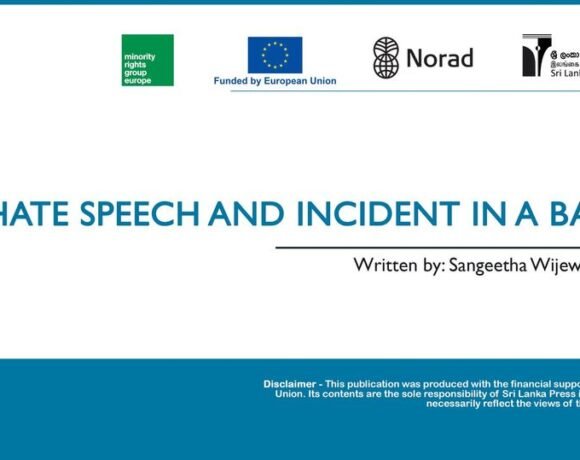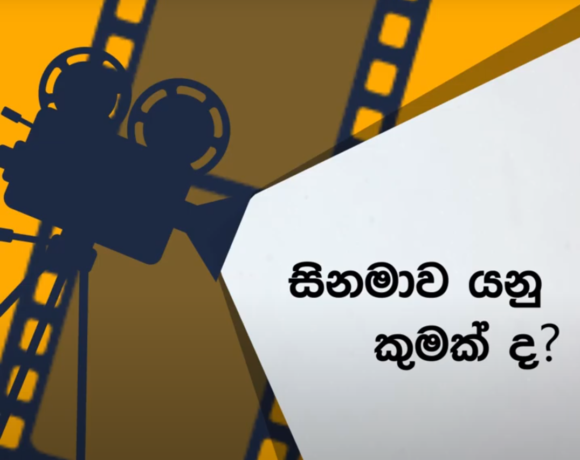
Death Penalty Vs. Right-to-Life
Sachini D. Perera
Humans created laws to control violent and destructive behaviours with discipline in order to survive as moral beings. But there is a question of whether sentencing a convicted person to death is approaching a degree of morality, or not. There have been many disputes and discourse regarding the morality of implementing the death penalty. Several countries including China, India, United States, Japan and South Korea accept that the death penalty is justifiable for dangerous criminals and offenders who repeatedly commit serious crimes without fear. Those state law practitioners bear the opinion that it is not important to be concerned with the morality behind capital punishment when compared to the countless number of innocent deaths and property damage committed by murderers and criminals. Even highly-moralized cultures like Islamic countries including Saudi Arabia don’t stand by the rights of the condemned living. Offences such as espionage, treason, hijacking, armed robbery, murdering for hire and other premeditated offences are strong reasons for some states to execute a person. These controversial discussions divide into two aspects;
- The moral utility of the death penalty for justice and the living rights of the victim, or the enactment of the death penalty that violates the right to live for the offender
- The fundamental right of the offender to live as a social being, or the revocation of the death penalty that violates the living right of the victim
With reference to Sri Lankan law, according to Article 285 of the Criminal Procedure Code No. 15 of 1979, the convict should be hanged until his/her annihilation on a date and place decreed by the President of the country. According to Article 286 of the Constitution of the Democratic Republic of Sri Lanka, the convict shall be imprisoned under the custody of a Superintendent of Prisons until the relevant sentence is carried out. The last execution in Sri Lanka was carried out on June 23, 1976. As a nation, we are also weighing this controversy. Although our state law adjudicates the death penalty, we see an increased number of those sentenced to death being imprisoned for years without knowing when they will be hanged.
In terms of the morality behind the death sentence, it threatens what we consider to be ‘good and bad’ in the world. It self-portraits the unaccountable distinction between the negative and positive rights of a human. The death penalty and morality cannot perform a perfect solution for both victims and the convict at the same time even using the best law practices existing in the world. Obviously, a state law system thoroughly weighs the responsibility between morality and justice. Law can never wipe out injustice from this world through several levels of legal scrutiny.
If a convict chooses to repeat crimes no matter how many times they are jailed, certainly there should be a vacuole in the relevant state’s law enforcement and other necessary practices. Unless law enforcement can bring a criminal to live as law-abiding citizens do, that law practice brings an absolute ‘legal injury’ to relevant societies and communities. As a matter of fact, it is a battle between the law and the moral existence of a society.
Adjudicating a due jail term is not sometimes felt as a probation period for convicts who commit serious crimes. Therefore, some countries (Bahamas, Cuba, France, Belgium, Qatar, Jamaica, Zimbabwe, Uganda) have an ‘indirect no’ response to the death penalty by using a moratorium (a moratorium is an agreement to suspend a state policy or a state action) or life imprisonment instead.
Many member states of European Union (EU) stand against the death penalty as they consider hanging, shooting, stoning, the electric chair, beheading, gas inhalation and lethal injections to be inhumane based on their inherited moral beliefs and other social constructs. Sometimes the right to life of the innocent is violated, in cases where the convict is found to be not guilty. In some foreign court cases, innocence was claimed after the death of the accused. For instance, Wei Qing’an (China, 1984), Harry Gleeson (Ireland, 1941), Mahmood Hussein Mattan (United Kingdom, 1952) and Aleksandr Kravchenko (Russia, 1983) are some examples of the miscarriage of justice. Such controversial cases have revised the considerations of ‘moral and justified legal proceedings’. For example, when referring to the execution of Harry Gleeson in Ireland (1941), Gleeson was wrongly accused, convicted and eventually sentenced to death for murdering Mary Moll McCarthy, a mother of seven children. She was shot twice in the head at a farmyard that belonged to Gleeson’s uncle. In the first review of the case, it seemed evident that Gleeson was the murderer. When looking into the evidence provided by Gleeson’s daughter, the jury, at the later court review of Gleeson’s execution, found that the conviction had been based on circumstantial evidence. The government pardoned him after his wrongful execution and later Irish humanitarian organizations strictly criticized the government and held protests to abolish the death sentence.
The key point is that neither moral justice nor the death penalty can prevent future crimes with ease. Such complex circumstances force us to weigh the value of human life on many levels. Law and moral justice are like a claymore that cuts on either side. The gravity of a crime, the inherited socio-political and socio-economic practices, the horror behind death and the transparency of law implementation abandon our decision-making practices when it comes to one’s right-to-life.








